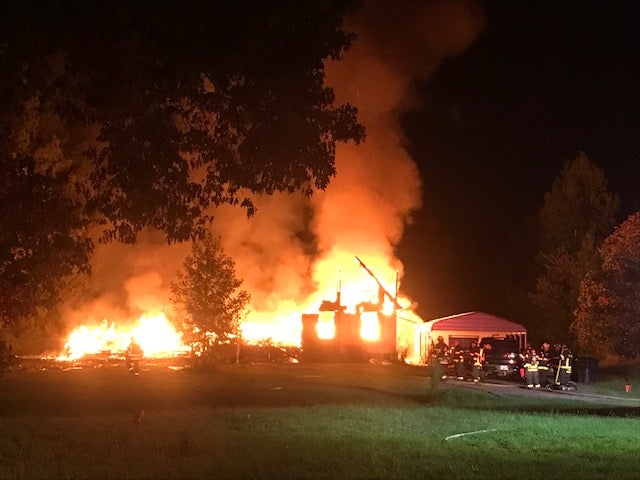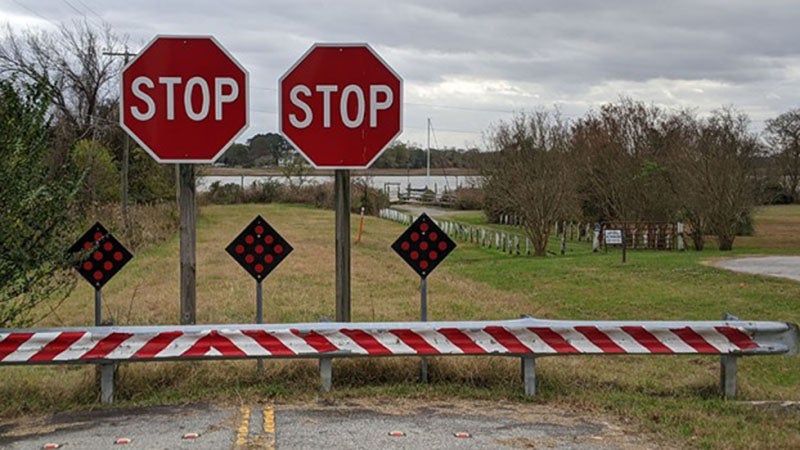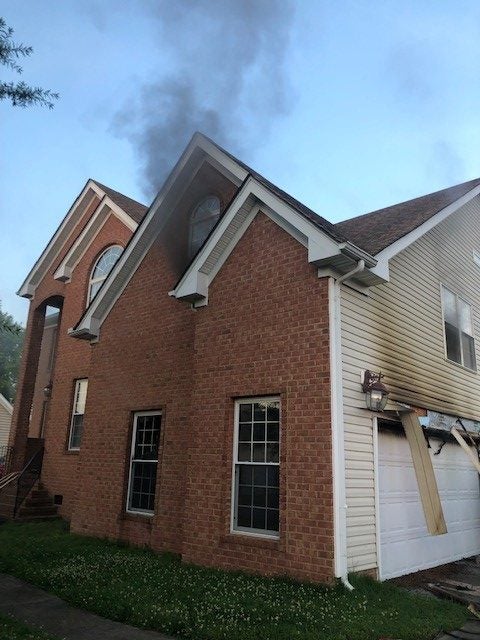Driver area may see smoke Friday
Published 10:37 pm Thursday, December 15, 2016

- Employees conduct a controlled burn on the Great Dismal Swamp National Wildlife Refuge in this prior photo. The photo shows a typical controlled burn, with a low flame that produces white smoke, according to refuge visitor services manager Deloras Freeman.
People in the Driver area are likely to see smoke Friday from a controlled burn being conducted in a nearby wildlife refuge.
Deloras Freeman, visitor services manager at the Great Dismal Swamp National Wildlife Refuge, said the burn will take place between 11 a.m. and 3 p.m. at the Nansemond National Wildlife Refuge, a 423-acre tract between Sleepy Hole Road and the Nansemond River that is managed by the staff at the Great Dismal Swamp refuge. It is not open to the public.
Freeman said the 50-acre burn is being conducted to prepare the habitat for next week’s planting of longleaf pine, a tree species once plentiful but now nearly extinct in Virginia.
The burn will also serve to reduce old, dead vegetation that could fuel an out-of-control wildfire as well as aid the creatures that live there, including a large herd of deer.
“It’s starting to build up with a lot of woody, organic debris,” Freeman said, adding that this is only about the second controlled burn there in the last 15 years. “It will rejuvenate it into a grassland that’s beneficial for the wildlife along the river basin.”
Freeman said deer will have an easier time finding food in the winter after the burn.
“There’s so much dead grasses and thickets, the ground isn’t producing any food for them,” she said. “It’s not a healthy habitat over there right now.”
Freeman said the availability of longleaf pine seedlings spurred the plan for the controlled burn.
The longleaf pine once occupied more than one million acres in southeast Virginia, the northern outpost of the species, which ranges south to Florida and west to Texas.
However, only about 200 native longleaf pines remain in Virginia today. The causes of its depletion are numerous and mostly have to do with the arrival of European settlers, who used the tree to build ships, cleared longleaf pine stands for agricultural use, introduced feral hogs, which eat the seedlings, and suppressed naturally occurring fire, which is vital to the longleaf ecosystem because its seeds need to come into contact with bare ground to germinate.
The tree is important, because it supports a diverse and valuable ecosystem that also includes other endangered species such as the red-cockaded woodpecker.
The Nansemond National Wildlife Refuge became part of the refuge system in 1973, when the U.S. Navy transferred 207 acres of salt marsh. It transferred the rest of the acreage, consisting of upland grassland and forested stream corridors, in 1999. The Navy had previously used the land as a communications facility.
Questions about the burn can be directed to Freeman at 986-3705 from 7:30 a.m. to 4 p.m. on Friday.






